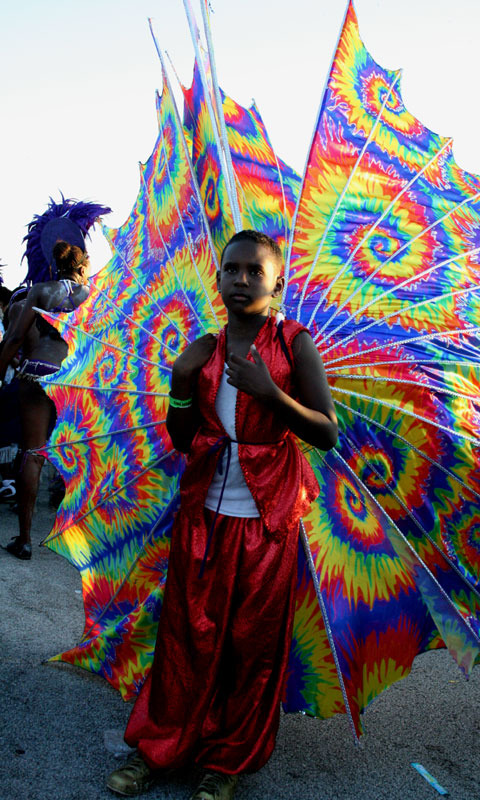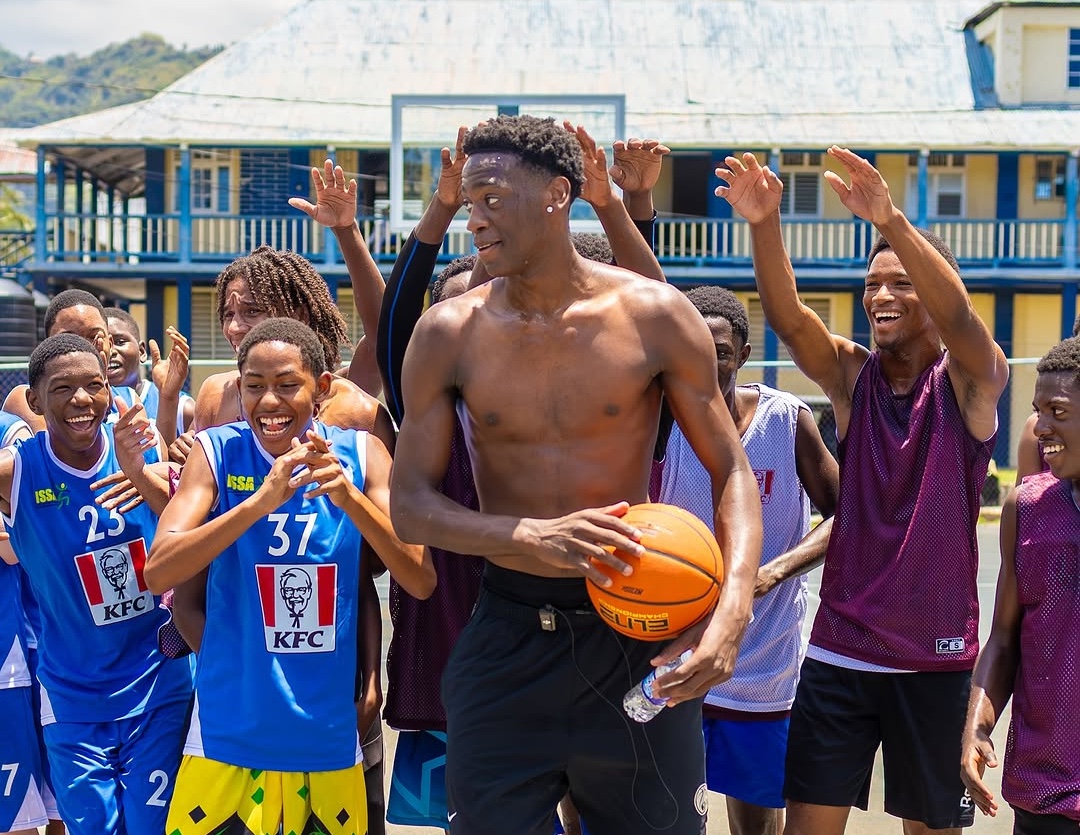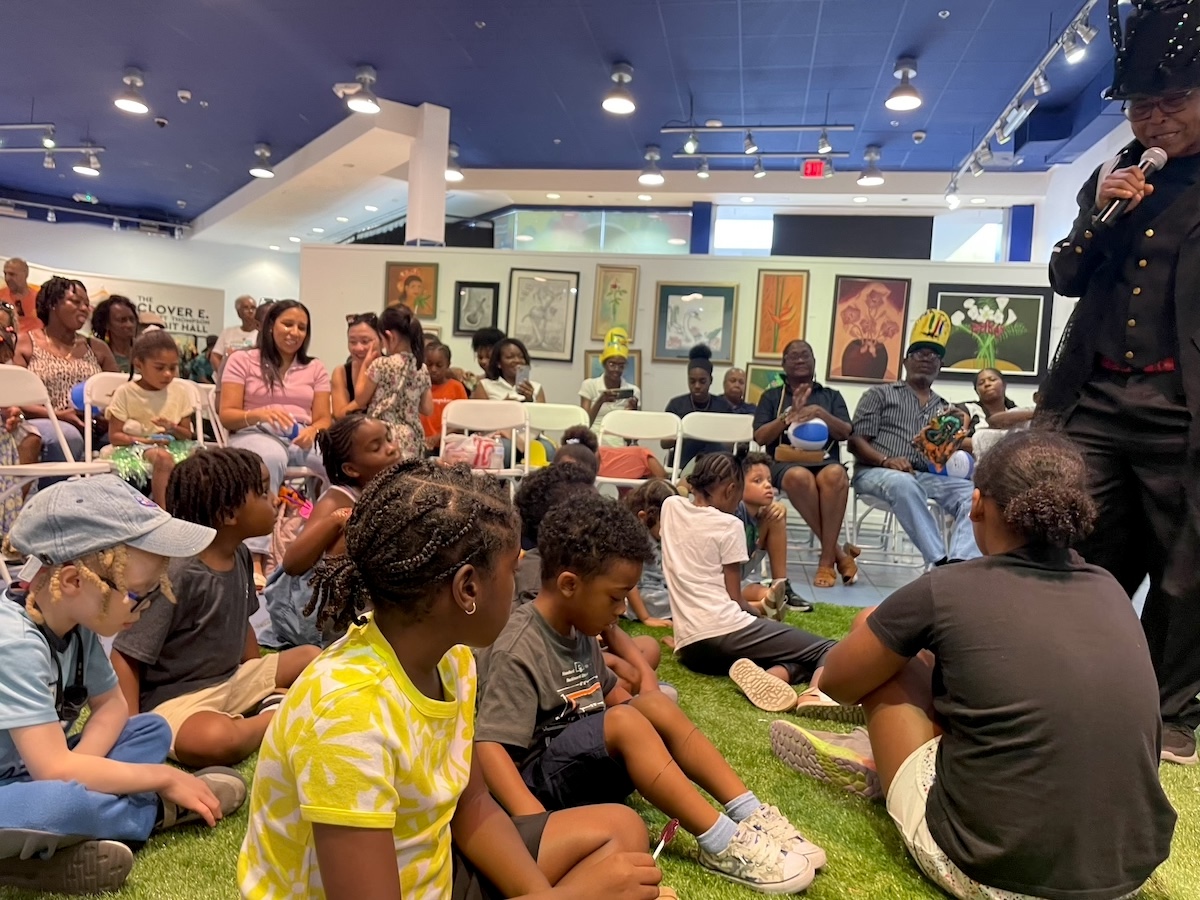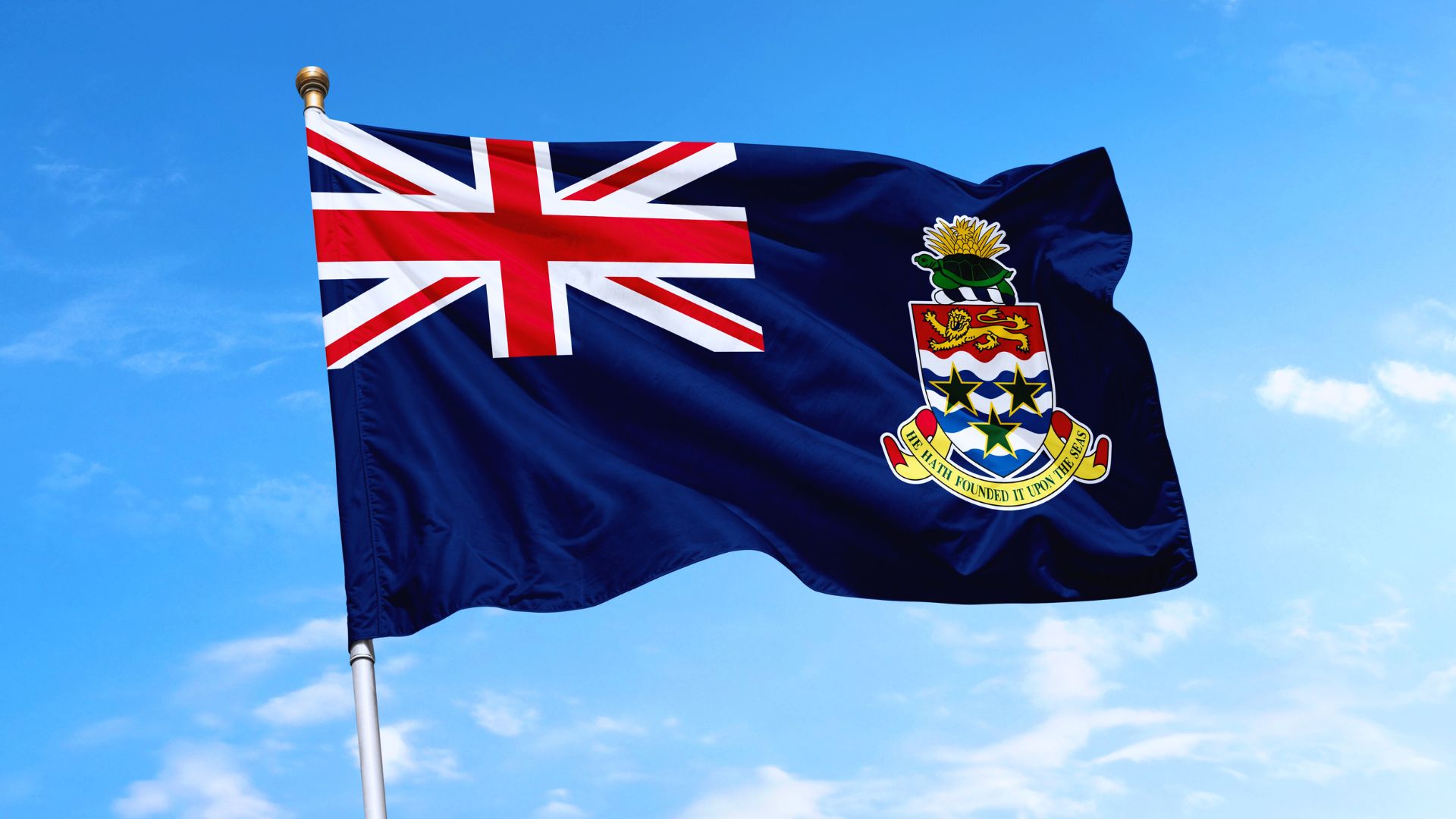Carnival celebrations in the Caribbean are the best parties in the world and come from a long and honored tradition. Carnival originated in Italy hundreds of years ago when Catholic Church members participated in costumed festivals before the first day of Lent. The word ‘carnivale’ originates from a Latin phrase that means ‘put away the meat,’ indicating that Lent is a time of fasting and sacrifice of material pleasures. Carnival festivals were meant to give the people one last wild fling before the sobering time of reflection and atonement represented by Lent. The practice spread across all the Catholic countries of Europe, and when the French, Spanish, and Portuguese traveled to the Americas, their beliefs and celebrations, including Carnival, came with them.
In the Caribbean, Carnival traditions were combined with African festivals. The importation of slaves and the high numbers of indentured laborers brought from Africa to work on plantations had a strong influence on Carnival celebrations. Plantations owners hosted lavish parties, while slaves had their own celebrations nearby.
The ancient African traditions of holding parades and dressing up in costumes and masks before circling through villages were widely adopted. It was believed that these actions would bring good luck, healing, and appeasement of relatives who had passed into the next world. African influences on Carnival in the Caribbean are also shown in the materials used to create masks and costumes. Feathers, which represent the ability of human beings to rise above their problems, are often incorporated in African masks, for example. Other aspects of African influence are felt in the music and dance moves popular in Carnival. Today, Carnival is celebrated with great enthusiasm in virtually all the countries of the Caribbean.
Travelers who plan to enjoy Carnival festivals in the Caribbean have been warned by Hugh Riley, secretary-general of the Caribbean Tourism Organization, that “Caribbean music is highly infectious” and can lead the body to stretch muscles that wouldn’t ordinarily be used. “Expect to be lured into a music-infused costumed-covered trance that is addictive and hard to resist, he says.”
Tourists have many options for participating in Caribbean Carnival celebrations, and although the overall experience is similar wherever they go, the unique flavor of each Caribbean country will shine through.
Calypso Carnival in Montserrat
Festivities on Montserrat include calypso contests and party-goers following trucks throughout the community as they broadcast musical selections for the enjoyment of all. Known as “The Festival” on the island, two special activities feature the Soca Monarch on December 22 and a concert with soca stars Edwin Yearwood and Burning Flames on December 28. See www.montserratfestival.com for more information.
Party in the U.S. Virgin Islands
The U.S. Virgin Islands each have their own fabulous party happenings. St. Croix starts things off with the Crucian Christmas festival, which runs now through January 8. Food, artisan exhibits, and music are on view in St. Croix, with the “j’ouvert” a favorite with the crowds. This celebration features many bands that play on flatbed trucks and roll through the town, attracting participants to dance in the street. Chantal Figueroa, the island’s deputy commissioner of tourism, says she has participated since she was eight years old. “During the month-long celebration, we eat traditional dishes to delight our bellies and then wash it all down with old-time drinks,” she says. Visit www.stxfestival.com for more information.
The biggest party of the year is held in St. Thomas in April, and in St. John, a family-friendly celebration is held on July 4.
On St. Kitts, Happiness is a Street Parade
The Carnival festival in St. Kitts runs from December 17 through January 2. It features dancers in extravagant costumes, “Mocko-Jumbies,” dancers on eight-foot stilts, wild calypso gyrations, and the presentation of the comedy “The Bull.” In St. Kitt’s capital city of Basseterre, Festival Village is not to be missed on December 26. On New Year’s Day, there’s an exciting parade and on January 2, the Last Lap Jam is a favorite tradition on the island. “Visitors are enthusiastically welcome and can even participate in the Grand Parade,” says Sen. Ricky Skerritt, minister of tourism. Skerritt says he is very fond of the street parades and has been actively participating in them since he was a teenager. For more information, visit www.stkittsneviscarnival.com
Bahamian Boogie Nights and Days
At midnight on December 26, a midnight blast from a shotgun signals the start of the Bahamas Carnival as the Junkanoo, a street parade featuring music, begins in Nassau. The Junkanoo takes its name either from the African tribal chief called John Canoe, or the French phrase “l’inconnu,” which means “unknown people,” and refers to the fanciful masks that are trademarks of the parade.
“Junkanoo is an exciting way of becoming intimately acquainted with what it means to be Bahamian,” says Sen. Vincent Vanderpool-Wallace, the island’s tourism minister. “It is truly one of the great performance art traditions of our country.”
There is a new museum on Nassau’s waterfront that showcases costumes worn in Junkanoo. It is open every day from 10 am to 4 pm. For more information, visit www.bahamas.com.
The Out Islands have their own Carnival festivities as well.
Rocking in Aruba
From New Year’s Day through March 8, Aruba offers its most mind-blowing celebration of the year. Homes on the island become factories that turn out costumes for women of all ages as they ready themselves for the Carnival Queen Competitions. Featured on Aruba at “jump-ups” that get the crowds in the mood, while marchers parade with pride and sing their songs with gusto. The Lighting Parade on February 26 is a magical scene as costumes glow with tiny lights all along the parade route and shine cheerily in the night.
Tourist Night is held at Paseo Herencia on March 1 and features a wide variety of steel bands. The Grand Parade in Organjestad is scheduled for March 6. This is the longest parade in the islands. It is a once-in-a-lifetime sight, with islanders decked out in sequins and other extravagant regalia. The Old Mask Parade on March 8 follows the Dutch Caribbean tradition of burning King Momo in effigy to signal the beginning of a new year.
Find more information at www.carnavalaruba.net
Carnival in Curacao
In Curacao, Carnival lasts from January 8 to March 8, the liveliest period of the year on the island as it celebrates with pre-season parties and the African-Caribbean music of Tumba from January 31 to February 4. Several parades make the festivities in Curacao memorable. There is the Horse Parade on February 20, the Children’s Parade on February 27, and the Teen Parade on March 4. Everyone gets into the act! The signature non-stop shimmy of the Gran Marcha is featured on March 6, while the Farewell Parade on March 8 ends with the burning of King Momo after night falls.
Andre Rojer of Curacao’s Tourist Board notes, that “since Carnival is such a celebratory time, we like to say that babies born in November are Carnival babies.”
For more information, visit www.Curacaocarnival.info.
Jamaica Be Jammin’
Bacchanal heats up the island of Jamaica beginning with street marches on February 1 and continuing through May 1. The parades wind through the streets of Kingston and on the Hip Strip in Montego Bay. The celebration here is friendly local affair, but tourists are very welcome to all Carnival events. These include Bacchanal Fridays, the Beach J’ouvert on April 23, Soca at De Sandbar on April 27, and Bacchanal J’ouvert on April 29.
Visit www.bacchanaljamaica.com for more information
Carnival in Tempting Trinidad
In Trinidad, the Carnival is considered the best party on Earth. It runs from March 5 to March 8 and attracts serious party-goers from around the world. Hotel rooms and plane tickets are booked far in advance as fans flock to watch as parade participants, decked out in flamboyant costumes that can reach 30 feet in height, dance to the music of steel drum bands. Revelers in Trinidad take pleasure covering their bodies with oil, grease, chocolate, and mud as part of the sacred traditions of Carnival Monday and Tuesday on March 7 and 8.
For serious fans of Carnival willing to pay fees starting at $500, it’s possible to join a band. The fee buys a costume, food, and drinks for two entire days of wild and reckless partying on the island. Visitors select a band with a style that suits them and can choose between the “Way of the Warrior” in the Tribe Band, the largest group. It signs up over 4,000 people every year and has its own website at www.carnivaltribe.com. There is also the “Planet Rock” style of the Harts Band that many fans find appealing. Visit the website at www.hartscarnival.com.
For general information about Trinidad’s Carnival celebration, see www.goTrinidadandTobago.com.






